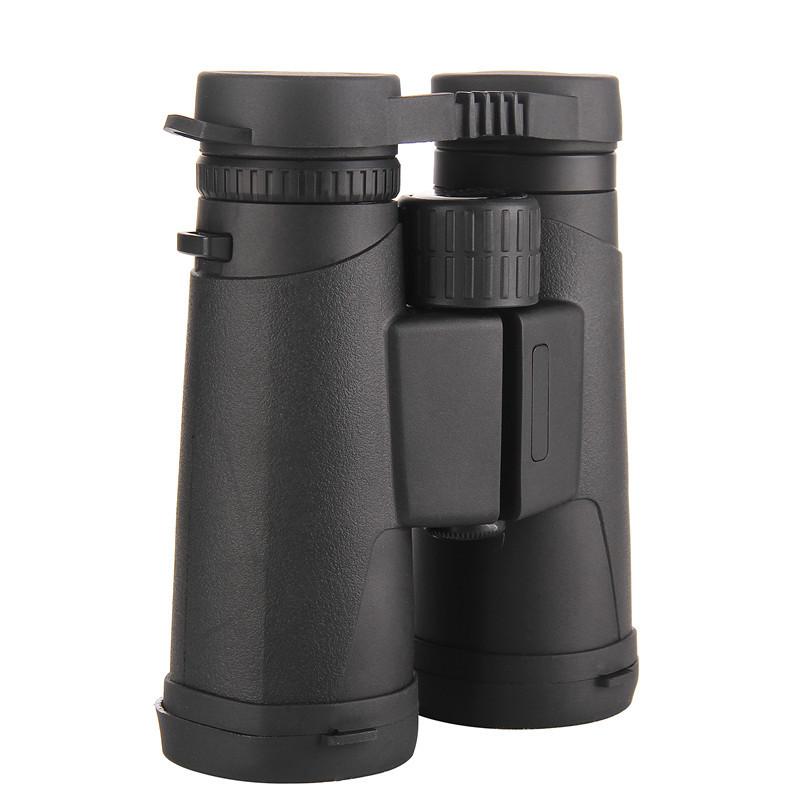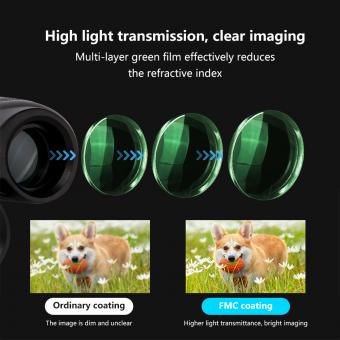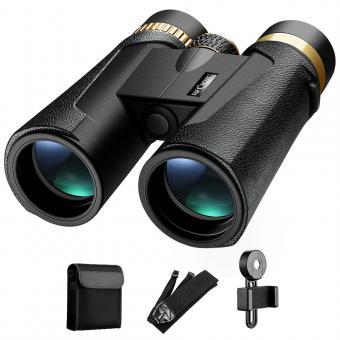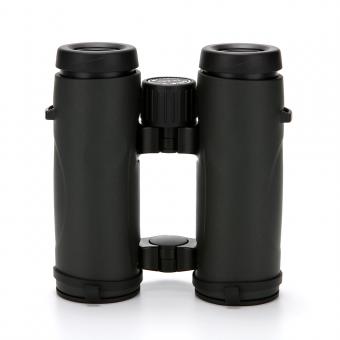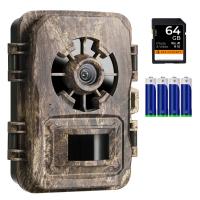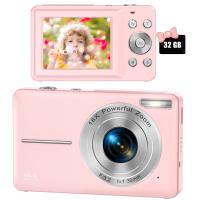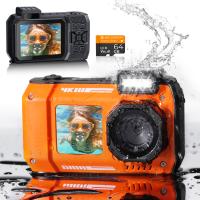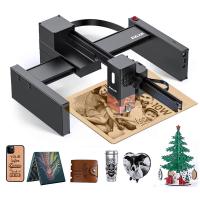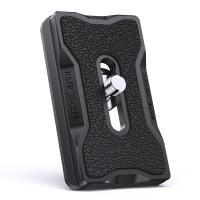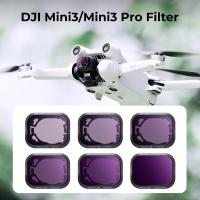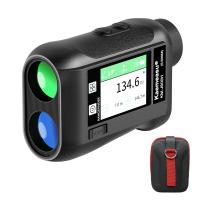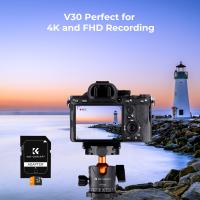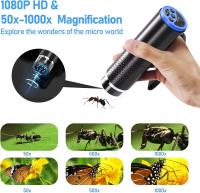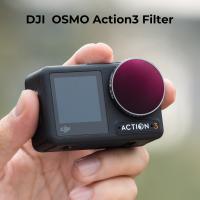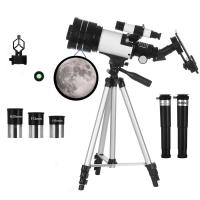What Size Binoculars To Get ?
The size of binoculars to get depends on your intended use and personal preferences. Generally, binoculars are classified by their magnification and objective lens diameter. For example, 8x42 binoculars have a magnification of 8 and an objective lens diameter of 42mm.
If you plan to use binoculars for birdwatching or other outdoor activities, 8x42 or 10x42 binoculars are popular choices as they provide a good balance between magnification and portability. For stargazing or astronomy, larger binoculars with 50mm or 70mm objective lenses may be more suitable to gather more light and provide a wider field of view.
Ultimately, the best size of binoculars for you will depend on your specific needs and preferences. It's recommended to try out different sizes and models before making a purchase to find the one that feels comfortable and suits your needs.
1、 Magnification power
What size binoculars to get is a common question among those who are looking to purchase a pair of binoculars. The answer to this question depends on what you will be using the binoculars for and your personal preferences.
One important factor to consider when choosing binoculars is the magnification power. Magnification power refers to how much closer the object you are viewing will appear through the binoculars. The most common magnification powers for binoculars are 8x, 10x, and 12x.
For general use, such as bird watching or hiking, an 8x magnification is usually sufficient. This magnification provides a wide field of view and is easier to hold steady. However, if you need to see objects at a greater distance, a 10x or 12x magnification may be more appropriate.
It is important to note that higher magnification does not always mean better quality. In fact, higher magnification can make it more difficult to hold the binoculars steady and can result in a shaky image. Additionally, higher magnification can reduce the amount of light that enters the binoculars, making the image appear darker.
In recent years, there has been a trend towards compact binoculars with lower magnification powers. These binoculars are easier to carry and hold steady, making them ideal for outdoor activities. Additionally, advancements in lens technology have allowed for brighter and clearer images even with lower magnification.
Ultimately, the size of binoculars to get depends on your specific needs and preferences. Consider what you will be using the binoculars for and how much magnification you need before making a purchase.
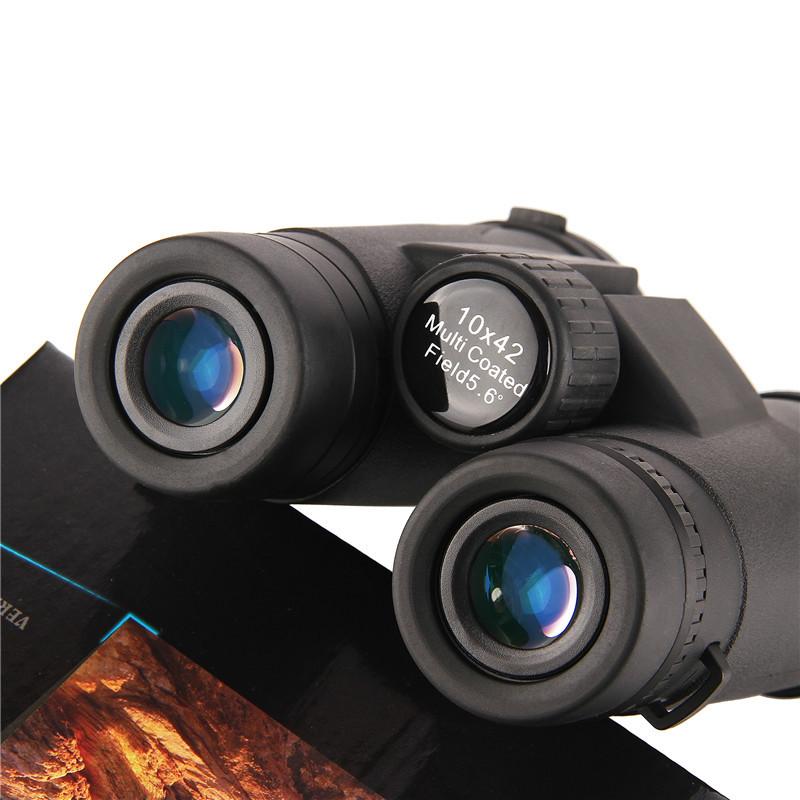
2、 Objective lens diameter
"What size binoculars to get" is a common question among those who are looking to purchase a pair of binoculars. The answer to this question depends on what you will be using the binoculars for and your personal preferences.
One important factor to consider when choosing binoculars is the objective lens diameter. This refers to the size of the front lenses of the binoculars, measured in millimeters. The larger the objective lens diameter, the more light the binoculars can gather, resulting in brighter and clearer images.
For general use, a good objective lens diameter is around 42mm. This size provides a good balance between image brightness and portability. However, if you will be using your binoculars in low light conditions, such as for stargazing or birdwatching at dawn or dusk, you may want to consider a larger objective lens diameter, such as 50mm or even 56mm.
It's important to note that larger objective lenses also mean heavier and bulkier binoculars, which may not be ideal for all users. Additionally, larger objective lenses can also result in a narrower field of view, which may not be desirable for certain activities.
In recent years, there has been a trend towards compact binoculars with smaller objective lens diameters, such as 25mm or 32mm. These binoculars are lightweight and easy to carry, making them ideal for travel and outdoor activities. However, they may not provide the same level of image brightness and clarity as larger objective lenses.
Ultimately, the best size binoculars for you will depend on your specific needs and preferences. Consider what activities you will be using the binoculars for, as well as your budget and desired level of portability, when making your decision.
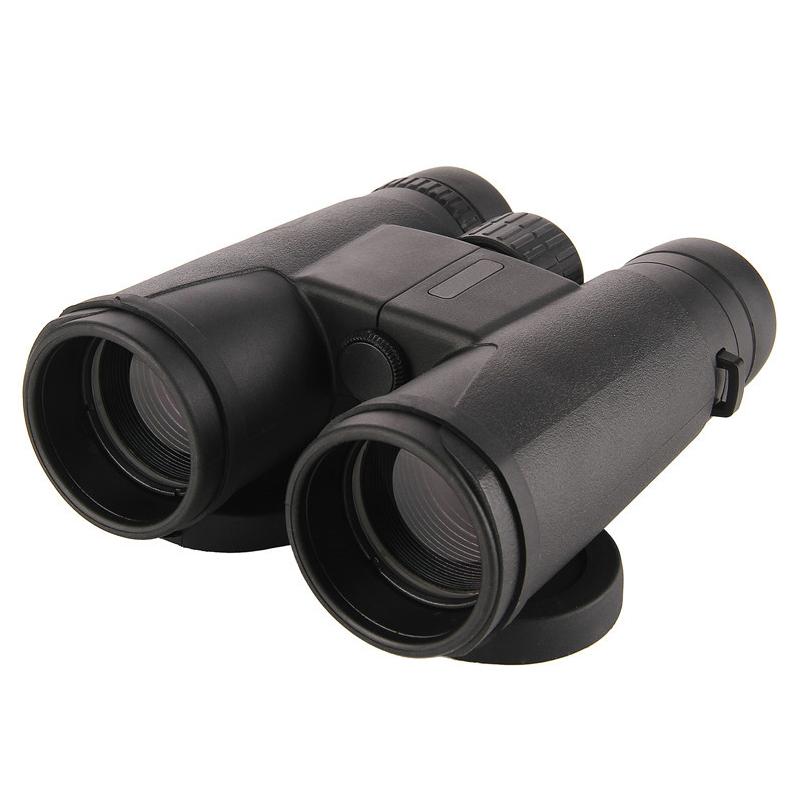
3、 Field of view
What size binoculars to get is a common question among those who are looking to purchase a pair of binoculars. The answer to this question depends on what you will be using the binoculars for. If you are planning to use them for bird watching or other outdoor activities, then a pair of 8x42 or 10x42 binoculars would be a good choice. These sizes provide a good balance between magnification and field of view.
Field of view is an important factor to consider when choosing binoculars. It refers to the width of the area that you can see through the binoculars. A wider field of view is generally better for outdoor activities such as bird watching, as it allows you to see more of your surroundings. However, a wider field of view often comes at the expense of magnification, so it is important to find a balance that works for your needs.
In recent years, there has been a trend towards larger binoculars with wider fields of view. This is due in part to advances in technology that have made it possible to produce larger, more powerful binoculars without sacrificing image quality. However, larger binoculars can be heavier and more difficult to carry around, so it is important to consider your needs and preferences when choosing a size.
Ultimately, the size of binoculars you choose will depend on your specific needs and preferences. Consider factors such as magnification, field of view, and portability when making your decision.
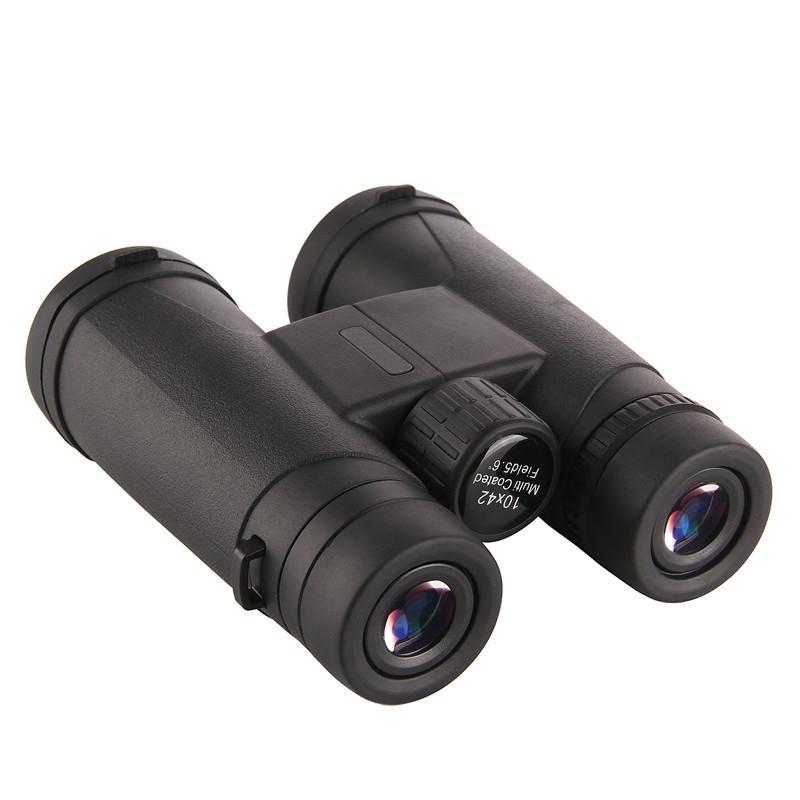
4、 Eye relief
What size binoculars to get is a common question among those who are looking to purchase a pair of binoculars. The answer to this question depends on the intended use of the binoculars. If you are planning to use them for bird watching or other outdoor activities, then a pair of 8x42 or 10x42 binoculars would be a good choice. These sizes provide a good balance between magnification and field of view.
Another important factor to consider when choosing binoculars is eye relief. Eye relief refers to the distance between the eyepiece and your eye when the binoculars are in use. This is particularly important for those who wear glasses, as they need to ensure that the eyepiece is far enough away from their eye to accommodate their glasses.
In recent years, there has been a trend towards larger objective lenses, with some manufacturers offering binoculars with 50mm or even 56mm objective lenses. While these larger lenses can provide a brighter image, they also make the binoculars heavier and more cumbersome to use. Additionally, the increased weight can make it more difficult to hold the binoculars steady, which can lead to a shaky image.
Ultimately, the best size binoculars to get will depend on your individual needs and preferences. It is important to consider factors such as magnification, field of view, and eye relief when making your decision. Additionally, it is a good idea to try out different sizes and models before making a purchase to ensure that you find the right pair of binoculars for you.
